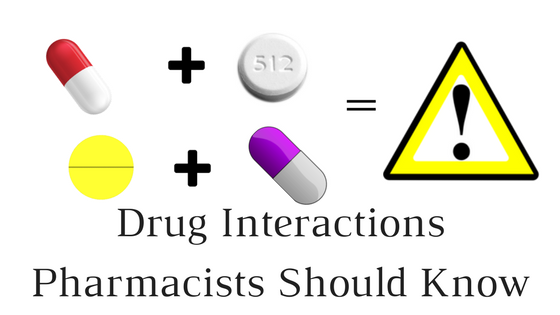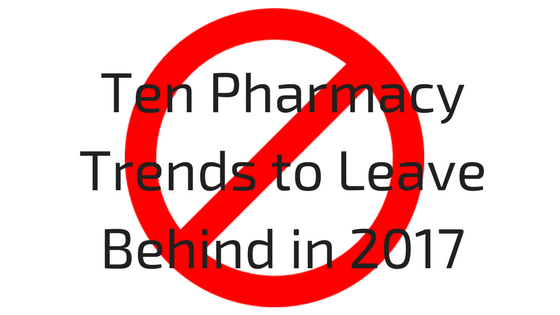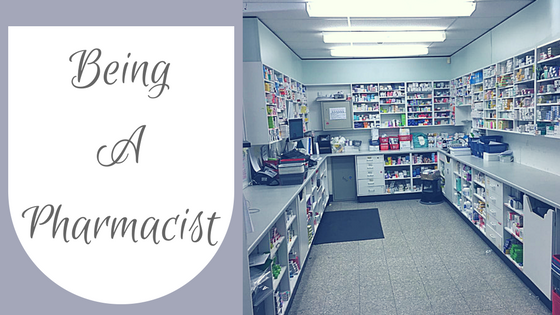Drug Interactions Pharmacists Should Know
One of the major roles of a Pharmacist is to Clinically Screen a prescription before administering to the patient. This entails having a detailed view of the medication prescribed, and the suitability for the patient. Every patient is different, gender, age, disease progression, other co-morbidities therefore a need to have a tailored patient centered care plan is essential.
Today’s post we will be looking at 6 drug interactions that has surfaced on PharmacistDiary. Some interactions may seem very obvious however it can easily be missed. For instance on a saturday, a patient takes in an Out of Hours pain relief prescription to the closest pharmacy from the walk in centre. With no access to his regular medication the dispenser will not be warned by the computer system of any possible interaction and we all know the possible outcomes.
The interactions will be analysed to have a better understanding on the pharmacokinetics and pharmacodynamics. This post contains extracts from BNF 72 and Stockley’s Drug Interaction 2009.
Isotretinoin and Minocycline
The development of ’pseudotumour cerebri’ (benign intracranial hypertension) has been associated with the concurrent use of isotretinoin and Minocycline (tetracyclines). The manufacturers of isotretinoin contraindicate its use with tetracyclines. Symptoms of intracranial hypertension includes: a constant throbbing headache, blurred or double vision, drowsiness, feeling and being sick.
Methotrexate and Trimethoprim
This interaction leads to an increased risk of haematological toxicity. The concurrent use of low-dose methotrexate and trimethoprim or co-trimoxazole has resulted in several cases of severe bone marrow depression, some of which were fatal. Full blood count should be monitored when methotrexate is used.
Clarithromycin and Simvastatin
This black dot interaction leads to an increased risk of myopathy. This is as a result of macrolids significantly increasing the levels of statins. It is recommended that simvastatin should be stopped during short courses of macrolides. If concurrent use is necessary it would seem wise to warn the patient to be on the lookout for symptoms of myopathy; muscle pain or muscle weakness).
NSAIDs and Clopidogrel
The concurrent use of clopidogrel with naproxen and celecoxib increase the risk of faecal blood loss, gastrointestinal haemorrhage and other bleeding. Manufacturers advise caution if NSAIDs and clopidogrel are given together. Recommend gastrointestinal prophylaxis such as a proton pump inhibitor in patients at risk of gastrointestinal ulceration and bleeding
Digoxin and Furosemide
The use of digoxin and loop/thiazide diuretic can possibly lead to hypokalaemia, which in turn increases the toxicity of digoxin. Potassium levels should be routinely monitored during diuretic therapy. However, Symptoms of digoxin toxicity; headache, facial pain, blurred/yellow vision, disorientation, fatique.






1 Comment
Habtie Muluadam
October 28, 2017 at 04:47interesting lesson